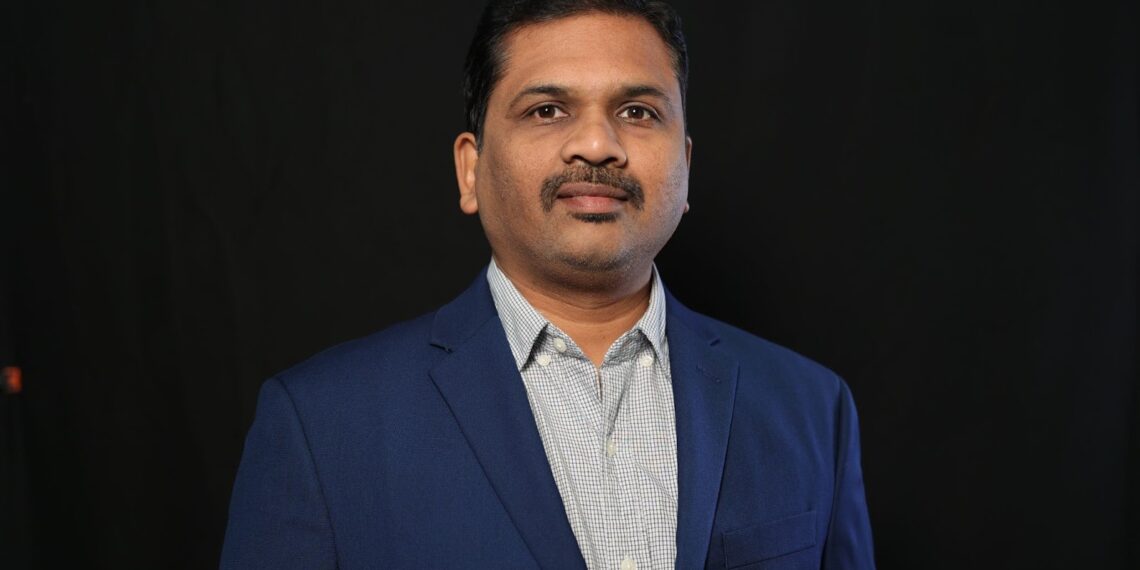Written By Alexandra Winters
Insurance providers like face many challenges, such as managing costs, detecting fraud, and processing claims efficiently. Sreekanth Vinnakota uses data analytics to solve these problems and improve how healthcare insurance works.
Vinnakota focuses on systems that speed up claims processing, reduce errors, and make life easier for both members and healthcare providers. By analyzing large amounts of data, he identifies problems in existing systems and finds ways to fix them. For example, he has developed tools that use predictive models to flag suspicious claims before they are paid, saving companies a lot of money.
“The key is understanding how to distill meaningful insights from disparate datasets,” Vinnakota explains. “When done right, analytics becomes a tool not only for cost reduction but also for improving the overall experience for members and providers.”
Reducing Costs in Healthcare
The United States spent $4.3 trillion on healthcare in 2022, with about a quarter of that going to administrative costs. This makes reducing these expenses a priority for insurance companies. Vinnakota’s work has helped companies save money by using data to improve their operations.
One of his projects involved creating machine learning tools to review past claims data. These tools spotted patterns that allowed insurers to negotiate better deals with healthcare providers and simplify office workflows. In one example, a major insurer used automated systems Vinnakota helped design to process claims 30% faster, significantly cutting costs.
“Healthcare costs are climbing, and every operational inefficiency translates into higher premiums for consumers,” Vinnakota notes. “Data analytics provides an opportunity to tackle these inefficiencies head-on.”
Helping Members with Personalized Services
Keeping members happy is essential for insurance providers in a competitive market. Data analytics can help insurers better understand their members and offer services tailored to their needs. Vinnakota has been a leader in using data to improve member satisfaction.
For instance, he worked with Humana to build a dashboard that combines a member’s health records, claims history, and personal preferences. This tool helps customer service representatives offer better advice and faster solutions. In just one year, member satisfaction scores went up by 15%.
Vinnakota clarifies. “It’s about using data to genuinely understand what members need and finding ways to meet those needs efficiently.”
Fighting Fraud with Technology
Fraudulent claims cost the healthcare industry about $68 billion each year. Insurance companies are increasingly using technology to fight this problem. Vinnakota has led efforts to design fraud detection systems that use predictive analytics to catch unusual claims.
These systems analyze details such as billing codes, member histories, and provider information to identify suspicious activity. In one case, an insurance provider reduced flagged fraudulent claims by 40% within six months of using Vinnakota’s tools.
By catching fraud early, these systems save money and ensure that resources go to the people who really need them.
Preparing for the Future of Healthcare Insurance
As healthcare changes rapidly, insurance companies must adapt to new technologies, regulations, and customer demands. Vinnakota works on integrating artificial intelligence and automation into insurance operations to make them more flexible and future-ready.
In one project, he helped insurers adopt machine learning models to evaluate doctors’ and hospitals’ performance based on quality rather than the number of services provided. This approach, known as value-based care, encourages better health outcomes while controlling costs.
“Payors must be ready to innovate and respond to rapid changes,” Vinnakota says. “Data analytics is central to creating adaptable systems that meet these new demands.”
Making a Difference
Sreekanth Vinnakota’s work shows how data analytics can improve healthcare insurance operations in significant ways. From processing claims more efficiently to keeping members happier and reducing fraud, his projects solve real problems in the industry. As insurance companies face rising costs and increasingly complex systems, his ideas and solutions point to a smarter way forward.




















